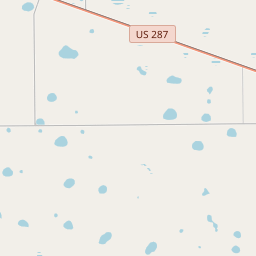Revistas, Maromas, and Carpas and Florinda Naranjo Ortiz







Trapeze and juggling acts, song, dance, and dramatic performances were part of traveling vaudeville-style shows called revistas that brought fun and entertainment to families throughout New Mexico in the nineteenth and early twentieth centuries. Many were family based and included acrobatics, or maromas, performed under a small tent, or carp —the name by which they were sometimes known. Originating in Mexico with roots in Aztec culture, they often presented humor reflecting cultural differences between Mexican-American and Anglo traditions. Most ended with the onset of WWII
The Historic Women Marker Initiative of 2007 captured the public’s imagination. It has received international attention for its ambitious goal of telling women’s history in New Mexico on some of the state’s 650 Official Scenic Historic Markers. Before 2007, perhaps three markers mentioned women at all.
The lives of the only known female Buffalo solider, one of the world’s most famous artists, and unsung heroes like Sally Rooke who gave her life at her switchboard warning Folsom’s citizens of a wall of water approaching their town are honored on 75 women’s history markers.
The first phase of the Initiative concluded in 2010. Ten more markers were installed in 2015 and an additional 25 are expected to bring their numbers to an even 100 in the coming years. The program is a partnership of the New Mexico Women’s Forum, HPD, CPRC, New Mexico Department of Transportation, and the public. The 2006 legislature made the initial 65 historic markers possible.
Like all state historic markers, the women’s history markers are designed in the Park Service Rustic style adopted when the program began in 1935. What’s different is their perspective of New Mexico history.
New Mexico was one of the last territories to become a state, gaining statehood in 1912. Before that, it had been part of the Spanish Empire, Mexico, and the United States Territory of New Mexico.
In the early 19th century, American fur traders and trappers began entering the region, and the Santa Fe Trail, a major trade route, was established. The Treaty of Guadalupe Hidalgo in 1848, following the Mexican-American War, officially transferred Colfax County along with the rest of New Mexico to the United States. With the influx of settlers, conflicts arose between Hispanic settlers and Anglo-Americans, leading to the Colfax County War in the late 1800s. This violent land dispute between the two groups resulted in several deaths but eventually culminated in the establishment of law and order in the county.
Throughout the late 19th and early 20th centuries, Colfax County saw economic developments such as the rise of coal mining and cattle ranching. Towns like Elizabethtown and Raton experienced significant growth due to these industries. The arrival of the Atchison, Topeka, and Santa Fe Railway in the area further boosted economic activity and facilitated transportation.
In more recent history, Colfax County has focused on preserving its natural resources and promoting tourism as well. The establishment of Philmont Scout Ranch, a large high-adventure camp, has attracted visitors from around the world. Additionally, the county is known for its beautiful landscapes, including parts of the Sangre de Cristo Mountains and the Cimarron River Valley.
Overall, Colfax County, New Mexico, has a diverse and storied history that encompasses Native American presence, Spanish colonization, conflicts with settlers, economic development, and a focus on natural resources and tourism.
Colfax County Timeline
This timeline provides a condensed summary of the historical journey of Colfax County, New Mexico.
- 1852: Colfax County is created by the New Mexico Territory legislature.
- 1860: The county becomes a part of the Maxwell Land Grant, which encompasses large portions of northern New Mexico.
- 1869: The county seat is established in Cimarron.
- 1870: The Colfax County War, a violent conflict over land rights, starts and continues until 1878.
- 1888: The Atchison, Topeka and Santa Fe Railway reaches the county, boosting economic development.
- 1931: The historic Philmont Scout Ranch is established in Colfax County.
- 1968: The NRA Whittington Center, one of the largest shooting sports facilities in the world, is opened in the county.
- 1990: The movie "Young Guns II" is filmed in the county, boosting tourism and interest in local history.